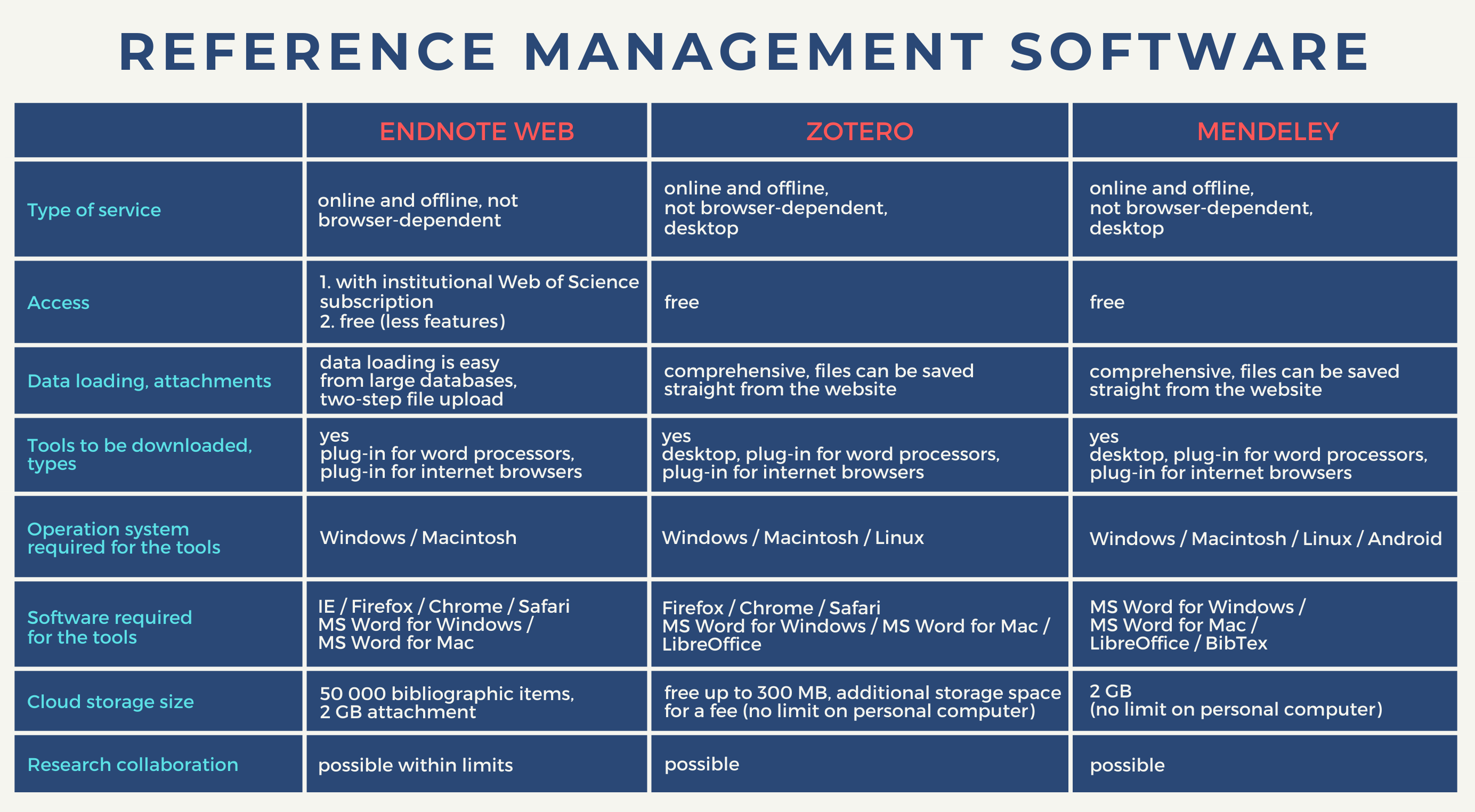- MTMT ➦
- EDIT Repository➦
- Open access ➦
- Where to publish? ⬇
- Predatory journals ⬇
- Reference management software ⬇
- ORCID ⬇
Where to publish?
Authors wishing to publish often find it difficult to decide which journal should they send their manuscript to, which journal is most suited for their scientific expectations.
You should consider the followings when choosing the most fitting journal:
- Do you know the journal, have you read some of its articles before? (Can you easily find articles published there in the past, is the publisher identifiable and contactable?)
- Is the review process clear and transparent?
- Is it indexed by scientific databases?
- Is it on the lists compiled by the departments of the Hungarian Academy of Sciences? (You can also check this using the search option on the MTMT website.)
- Can you find any information regarding the publication fee (article processing charge)?
- Are there any renowned researchers on the editorial board?
- If the journal is open access, is it in the DOAJ (Directory of Open Access Journal) database?
Predatory journals
There are open access publishers and journals which send unsolicited invitation to authors to submit an article for publication. Their main purpose is to be financially profitable, but they lack any real professionalism and do not meet scholarly standards. These journals are called predatory (or parasite) journals.
If you publish your article in a predatory journal you may not be able to publish it again in a serious scientific journal. Furthermore, it can harm your scientific reputation, so it is recommended to thoroughly examine the journal you wish to send your article to.
If there is any suspicion that you are dealing with a predatory journal, it is better to find another journal.
There are many signs that a journal is predatory, but it is always hard to conclusively decide because some of the criteria are true even in the case of real scientific open access journals. The main characteristics of the predatory journals are the following:
Contact:
- they send unsolicited invitation to authors to submit an article for publication;
- they usually only list an email address as a contact option;
- their actual physical address is not declared;
- the name of the publisher or journal is unknown.
Name of the journal, its mission, and discipline classification:
- the articles are taken from several different disciplines;
- the name of the journal is too generic and broad;
- the articles published in the journal differ from that which the name implies.
Scholarly standards:
- the editorial board is small, and members cannot be identified because no affiliation is listed;
- there are no renowned researchers on the editorial board (or they are listed without their knowledge);
- there are several typos, grammatical and translational errors on the website, commercial ads are featured;
- the articles are published in a surprisingly short time because the review process is skipped.
Financing and legal issues:
- the copyright of the article remains with the publisher;
- they request a fee from the author upon submission;
- they do not give adequate information about the publication fee.
Where can we check whether a journal is predatory or not?
- Sherpa/Romeo
- DOAJ (Directory of Open Access Journal)
- SCImago Journal and Country Rank
- Web of Science
- OASPA (Open Access Scholarly Publishing Association)
- COPE (Commitee on Publication Ethics)
Reference management software
The use of reference management software facilitates the creation of bibliographies. In most cases, several citation styles are available to the users, and these software are also capable of organising scientific citations. Users can store and later rediscover specifications of the collected citations, and add attachments (e.g. images, videos) and comments as well.
Most frequently used reference management software:
- EndNote Web
- Zotero
- Mendeley
source: http://szerzoknek.ek.szte.hu/hivatkozaskezelok
ORCID
ORCID (Open Research and Contributor Identifier) is an international universally accepted and used unique author ID. Its use can resolve identification problems caused by common names, different spellings of the same name, and name and institutional changes.
More and more publishers prescribe the use of ORCID and make it a requirement for the submission of a manuscript.
ORCID is free and it only takes a few minutes to create one.
ORCID registration is regulated by rector order No. 5/2017. (V. 2.) at ELTE which makes the creation of an ID mandatory for the teachers and researchers of the university. ORCID must be displayed on the author’s info page in MTMT.
A manual on the registration for ORCID and the ID’s upload to MTMT is also available.

